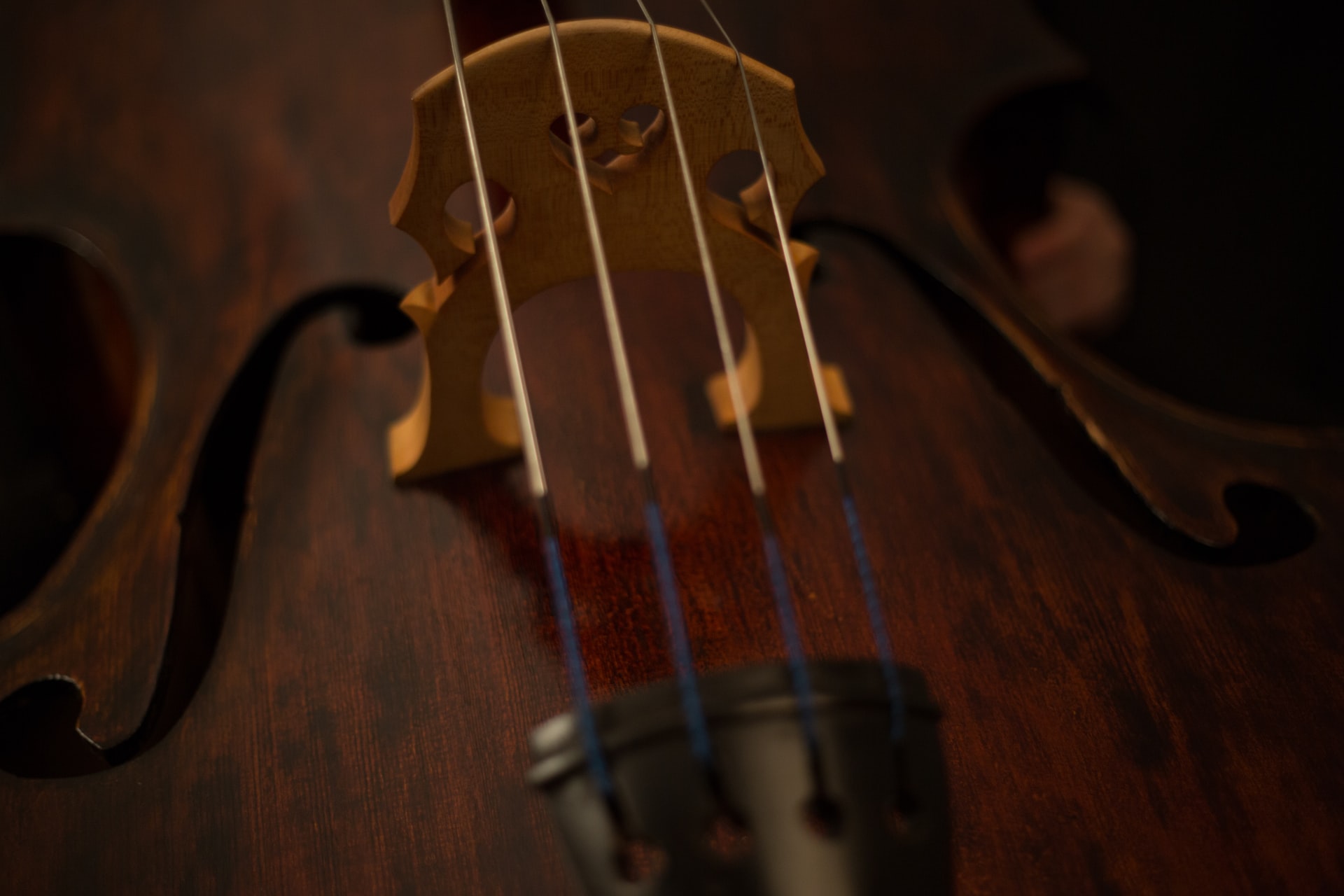29 Sep

A decade ago, true legato sampling was considered to be a specialty feature reserved mostly for premium, flagship products by larger developers. However nowadays, true legato is more or less a minimum requirement anytime a developer releases a product based on an acoustic instrument of voice that will be used in a melodic musical context (especially bowed strings).
While there are myriad approaches to true legato sampling, many of them closely guarded in-house secrets, there are a few concepts that I can share that will be more or less unchangeable regardless of the specific method you choose for your product(s).
Basic Concepts
True legato sampling involves recording the individual intervals in between notes in up and down directions usually up to an octave. Let’s use the note C3 as an example, a “round” of legatos intervals for this would involve capturing the following.
- C3-C#3, C#3-C3
- C3-D3, D3-C3
- C3-D#3, D#3-C3
- C3-E3, E3-C3
- C3-F3, F3-C3
- C3-F#3, F#3-C3
- C3-G3, G3-C3
- C3-G#3, G#3-C3
- C3-A3, A3-C3
- C3-A#3, A#3-C3
- C3-B3, B3-C3
- C3-C4, C4-C3
We will talk about a couple of specific ways of capturing these intervals below but the basic concept above remains the same.
Recording Transition with Sustain
The most time consuming way to record legato transitions is to record each interval transition leading into a full length sustain of 6-8 seconds (or however long you want your sustains to be).
Advantages:
- Less editing – In fact there have been libraries out there that have used the whole transition and sustained audio samples opting to deal with the transitions via sample offset in kontakt.
- Crossfading – No need to cross fade between transitions and sustains. A lot of time and effort is spent nailing the right crossfade between legato transitions and sustains, this is a non factor when the transition and sustain are recorded together.
- Most realistic – The result of this recording approach often leads to a legato that is highly playable and realistic – though there are plenty of developers that have managed excellent results with other approaches.
Disadvantages:
- Time – Recording all of the transitions you need for a given instrument is both time consuming and mentally exhausting for all involved.
- Money – The extra time needed to capture transitions + plus sustains means more billable hours for both the musician and the studio, so set your budget accordingly. Consider reserving this approach for premium libraries with a price that will offset the additional budget and or for instruments with limited ranges but maximum expressiveness.
- Flexibility – While recording transitions and sustains simultaneously offers a lot of clear benefits, it does mean that you are locked into whatever type of sustain you end up recording. For example if you wanted to offer transitions with vibrato you would have to record a new set of intervals leading into vibrato sustains. There are of course ways around this but they sort of undermine the purpose of this approach altogether.
Recording Transition Only
Advantages:
- Time – Recording transitions alone is a much faster method of capturing legato. For comparison, capturing a set of 12 chromatic intervals for a note recorded with the first method would take 108 seconds (without rests), assuming a transition length of about a second and a sustain length of 8 seconds. On the other hand you could record two round robins of the same legato intervals alone in under 30 seconds!
- Money – The time saved recording transitions only means less studio time and less time you will need to keep your musician(s) on the books.
- Flexibility – Whereas the transition + sustain approach locks you into a particular sustain type, recording intervals alone opens up a world of opportunities. Use the same set of legato intervals non vibrato, vibrato, even sul tasto or sul ponticello. The only limit is your imagination and the skill of your scripter!
Conclusion
Those are the basics of true legato sampling, as you are probably starting to see there are a million ways you can approach recording true legato intervals. How you approach true legato in your products is going to come down to the budget and time you have available, not to mention the skill of your scripter.
There is no right or wrong way to approach things. It helps to do your research, experiment and don’t be afraid of making mistakes. Many developers have changed their approach to true legato sampling over years of experimenting with different approaches.



